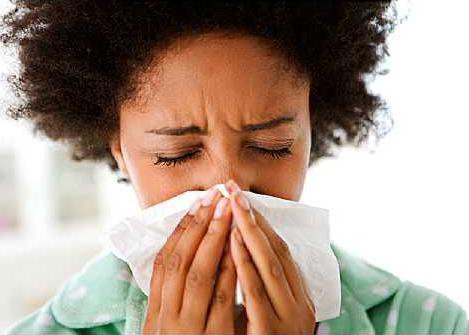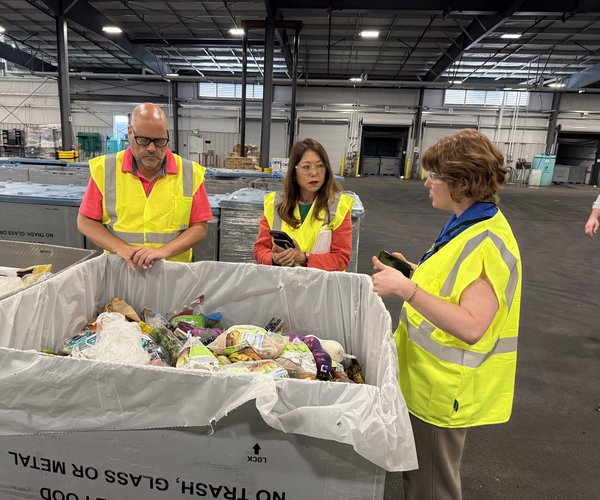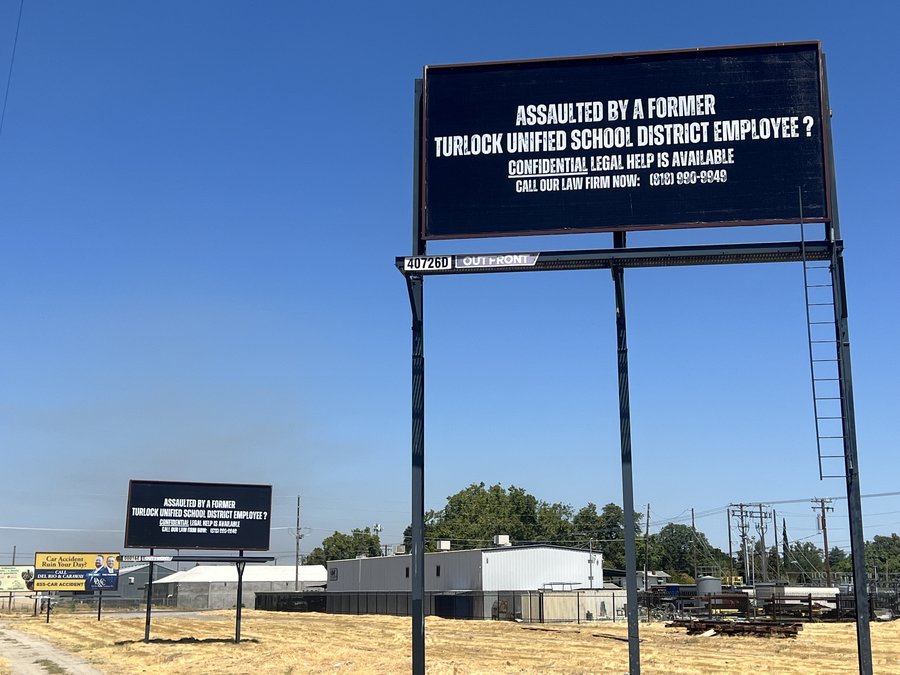The number of coronavirus cases in California grew to six and includes a close household transmission, the California Department of Public Health reported on Sunday.
More cases of coronavirus confirmed in California









